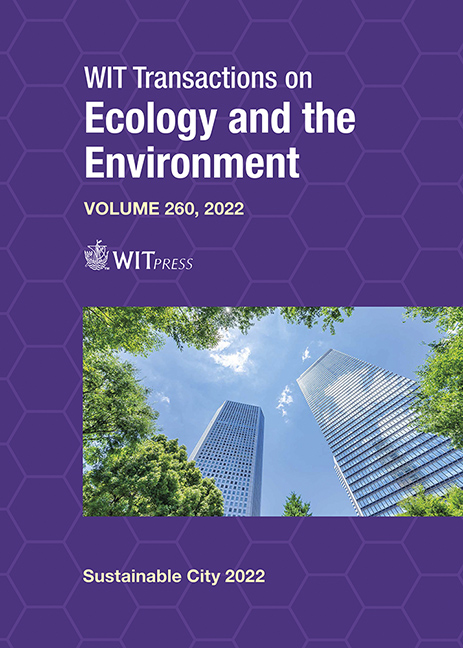INDEX OF VULNERABILITY TO POLLUTION OF KARSTIC COASTAL AQUIFERS: ANALYSIS OF FACTORS FOR THE URBAN ZONE OF PLAYA DEL CARMEN, MEXICO
Price
Free (open access)
Transaction
Volume
260
Pages
11
Page Range
379 - 389
Published
2022
Paper DOI
10.2495/SC220311
Copyright
Author(s)
WILBERT D. UHU YAM, OSCAR FRAUSTO-MARTÍNEZ, JOSÉ F. RODRÍGUEZ CASTILLO, ORLANDO COLÍN OLIVARES
Abstract
The present study proposes four factors for the construction of a vulnerability index in relation to the pollution of coastal aquifers in urban karst areas. It considers three environmental factors (climate, relief and rise in sea level) and one anthropogenic (use of land), with greater importance given to the latter, as the intention is to work with the premise of being a built-up area, as is the case with Playa del Carmen, Mexico. For each factor, the following variables were considered: (1) Relief: frequency of depressions and form type, depending on their morphological features; (2) Climate: with the Modified Fournier Index; (3) Rising sea level: with the modelling of sea level rise, potentiometric surface level and distance from the coast; and (4) Use of land: differentiated by the secondary zoning of the urban development program and land population co-efficient of occupation. For the relief factor, the most vulnerable areas were identified at the north and southern extremes of the urban area with a frequency of 30 to 37 depressions and a predominance of sinkholes and sinkholes-uvalas. The Modified Fournier Index is from 198.46 to 200.74, with a distribution of high vulnerability to the south-east; the land use factor shows high to very high vulnerability distributed throughout most of the city. a sea rise projection of 1 to 3 m is identified in the first 2 km with respect to the coastline, at a distance from the coast of 1 to 3 km and a constant potentiometric surface level for the entire study area. Finally, the uses are designated as commercial, residential tourism, high housing and mixed uses.
Keywords
karstic depressions, rainfall, saline intrusion





